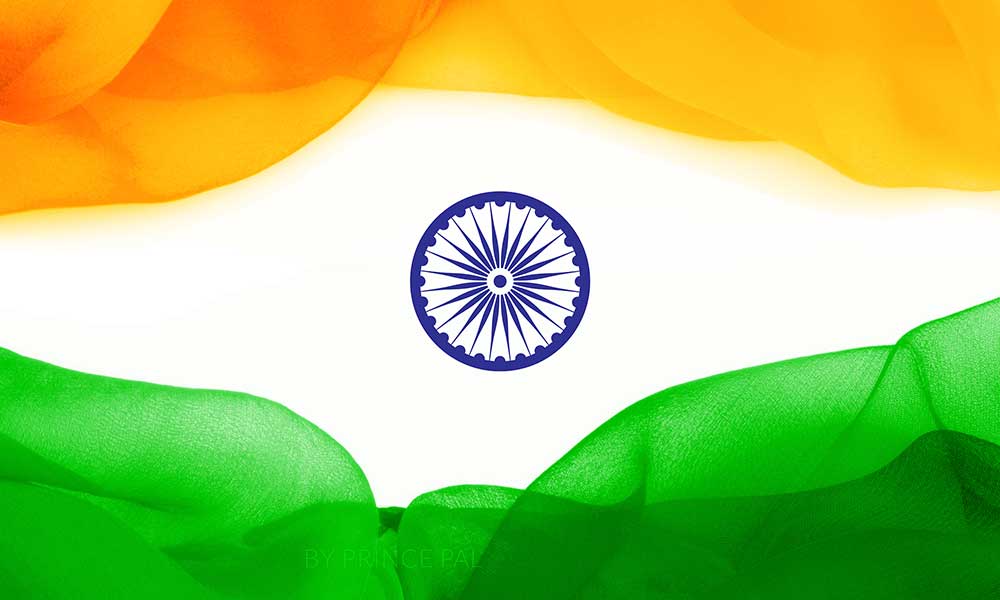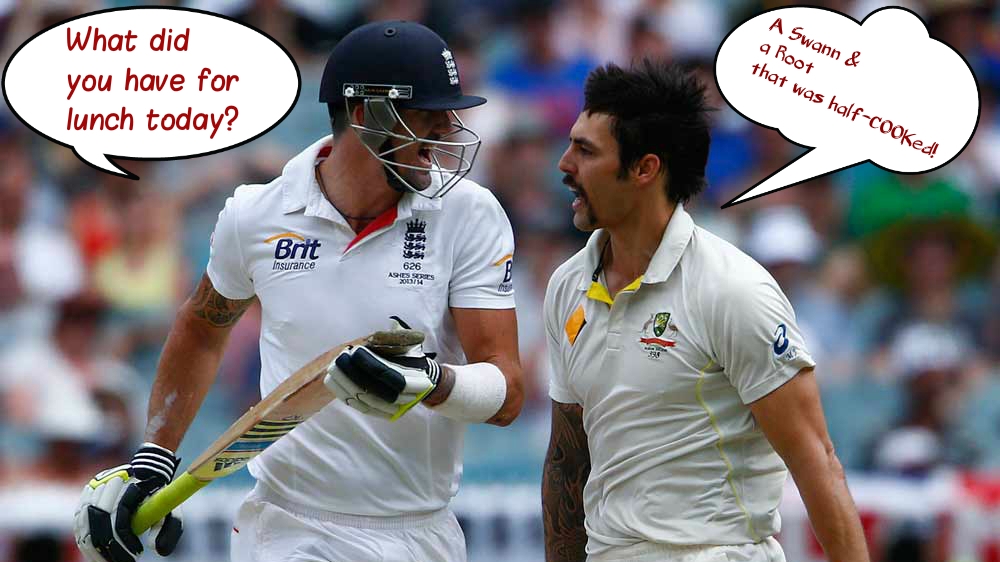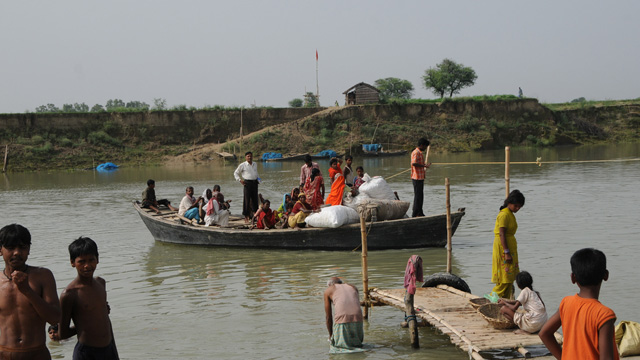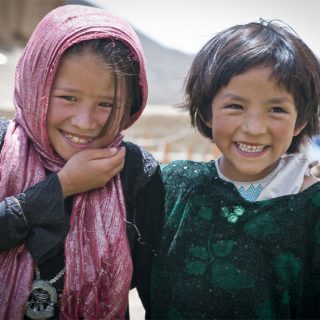Ways India has changed – India is a country that has struggled with several issues like poverty, lack of education, gender discrimination etc. for several decades.
The struggle is far from being over but with time, the country has moulded itself into different shapes and several changes have taken place in its socio-cultural narrative.
Here are 7 ways India has changed in the last seven years.
Ways India has changed –
- He For She
‘He For She’ is the name of a campaign initiated by the members of the UN women council. The reason one used this term here because is that it has a lot of relevance in the way a certain relevant change has taken place in India. There was a time when women were deemed fit only for doing household chores and were not allowed to be independent. Although a lot of lot of problems continue to exist in different parts of the country, the fact remains that the disparity between men and women has come down drastically.

- Alternate love
Till date, the Indian judiciary system does not recognise homosexual relationships and have not decriminalised gay sex. Yet, in the last decade or so there has been a lot of debate around this issue between conservatives who oppose homosexuality and liberals who advocate gay rights. Because of this on-going debate and support from a particular section of the citizens, people with alternate sexualities have managed to raise their voice louder on this subject.
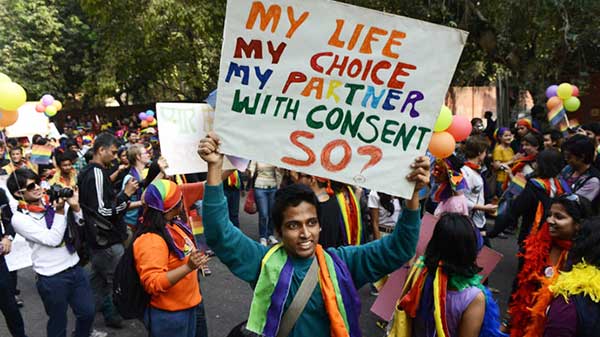
- Newer career opportunities
Earlier, children were expected to study hard and become engineers or doctors. Nothing else was considered to be safe or worth contemplating about. Today, a lot of parents are quite liberal and they encourage their children to pursue a career in a field they are passionate about. You will see fashion designers, filmmakers, dancers emerging from middle-class families and excelling in their respective fields.

- Growth in aspirations
Till the late 80s and early 90s, most middle-class families were content with few luxuries like a VHS player or an Ambassador car. Also, buying the things required years of toiling hard and saving money. Today, a man or a woman in his or her 20s aspires to have a high-paying job that enables them to buy a car or even a house. The younger generation attitude towards materialistic pleasures is starkly different from the last generation.
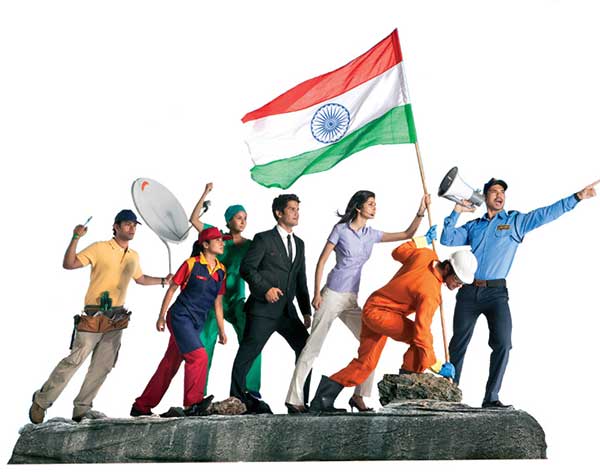
- Girls and boys can be friends
The Hindi film ‘Maine PyarKiya’ had the famous dialogue ‘ekladkaaurladki dost kaisehosaktehain?’. The dialogue was perhaps a reflection of the times people were living in back then. There is still some discomfort about a girl and a boy being friends, especially in smaller towns and villages but in urbane cities and towns you will see men and women being friends and hanging out together.
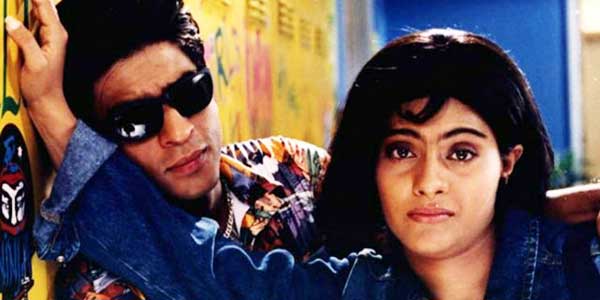
- More purchasing power
With the influx of foreign multi-national companies and the growth in India’s image as a IT hub, a lot of young engineers are earning a lotof money by working in these global companies. A fat salary helps them lead a good lifestyle filled with movie outings, clubbing, shopping and travelling. They have much more purchasing power than their parents who had to contend with a meagre salary from the limited job opportunities they had back then.
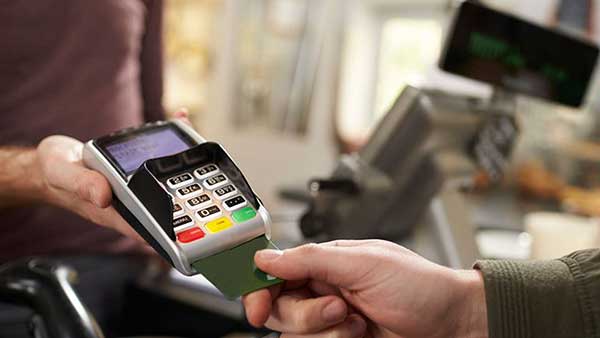
- Fast paced life
The older generation often looks at the children and feels amazed at the breakneck pace they lead their lives with. Young people run all the time, trying to strike abalance between their personal and professional lives. Life was not this fast a decade back. People would wait for you when you got late and competition in the professional sphere did not used to be as intense as it is now.
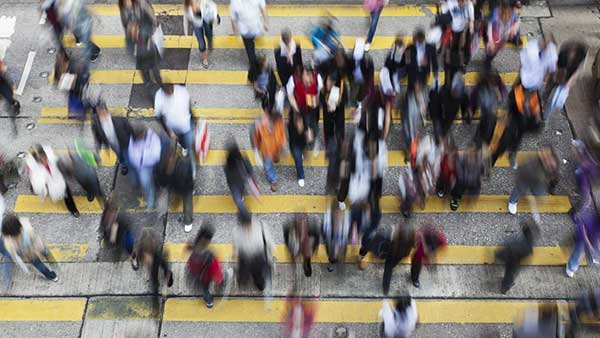
These are the ways India has changed – Change could result in a positive outcome or it could turn things around for the worse. While some changes were happily welcomed by the people, there was resistance for some. But, change is the only constant and there is no escaping that.

